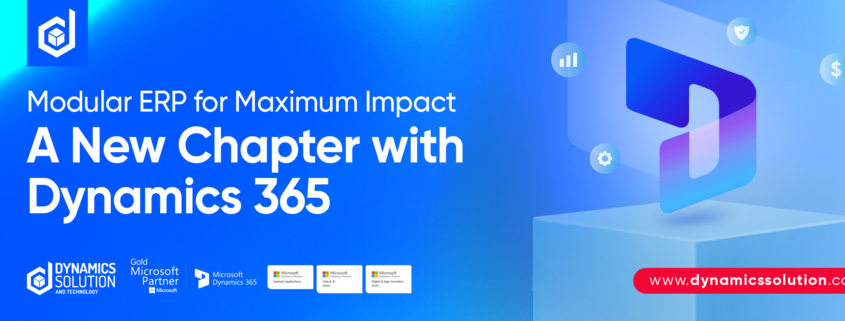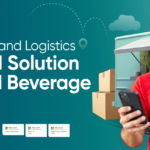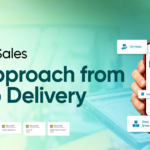The narrative of enterprise technology is constantly evolving. For many years, the central character in managing complex business operations was the monolithic Enterprise Resource Planning (ERP) system. These comprehensive, tightly integrated platforms sought to unify disparate business functions under a single digital roof.
While revolutionary in their time, their inherent rigidity often clashes with the demands of today’s hyper-dynamic business environment where agility and tailored solutions are preferred for achieving maximum impact. We are now entering a new chapter, one defined by modularity and composability, fundamentally reshaping our understanding and expectations of what an ERP system can and should be.
This blog explores a modern approach to ERP, one that prioritizes the composition of core business operations first and then enables the seamless integration of modules and features that align most effectively with your operational goals.
Why Traditional ERP Systems Fall Short in the Digital Age?
Traditional ERP systems were born from a need for control, consistency and cross-functional visibility. They aimed to break down departmental silos in areas like finance, manufacturing, supply chain and human resources, integrating data and processes into a unified whole.
This integration promised efficiency and a single version of the truth. However, this noble goal, achieved through monolithic architecture, often came at a significant cost like:
Inflexibility
Adapting these systems to unique business processes or changing market conditions typically involved complex, expensive and time-consuming customizations. Upgrades became dreaded events, risking breakage and requiring extensive resources, thereby hindering swift strategic pivots.
Slow Innovation Cycles
The tightly coupled nature of monolithic systems made integrating new technologies or specialized best-of-breed applications difficult and risky. Businesses could find themselves locked into their ERP vendors innovation timeline, potentially falling behind competitors.
Suboptimal Functionality
In trying to be everything to everyone, specific modules within a large ERP system might lack the depth or specific features offered by specialized point solutions, forcing compromises.
High Total Cost of Ownership (TCO)
Significant upfront investment, lengthy implementations, ongoing maintenance, mandatory upgrades and often paying for unused functionality contributed to a high TCO that didn’t always translate into proportional business value or impact.
This legacy burden necessitated a paradigm shift, a move away from rigid, all-or-nothing systems towards a more adaptable, configurable approach.
The Evolution of ERP Systems: From Monoliths to Modularity
Composable ERP marks this new chapter. It reframes the concept of an ERP system not as a single, pre-packaged product to be bought but as a dynamic entity to be composed. The core idea is to assemble the system from distinct, independent and interchangeable software components often called Packaged Business Capabilities (PBCs).
Each PBC encapsulates a specific business function (e.g., financial accounting, inventory management, lead tracking, service scheduling) and is designed to interact with other components through standardized interfaces, primarily APIs (Application Programming Interfaces).
This composable architecture is characterized by:
- Modularity: Functionality delivered in discrete units or services.
- Orchestration: Components that work together through well-defined interactions, often orchestrated via APIs and integration platforms.
- Autonomy: Components that are often developed, deployed, updated and scaled independently.
- Discovery: Available business capabilities (PBCs) that are easily discoverable and understandable.
Instead of being confined to the features and limitations of a single vendor’s monolithic suite, businesses gain the freedom to select and combine the best-fit capabilities – whether from a unified platform like Dynamics 365 or potentially integrating specialized third-party tools – to create a solution precisely tailored to their operational needs and strategic objectives.
This shifts the focus from implementing a generic ERP system to composing a bespoke engine for business impact.
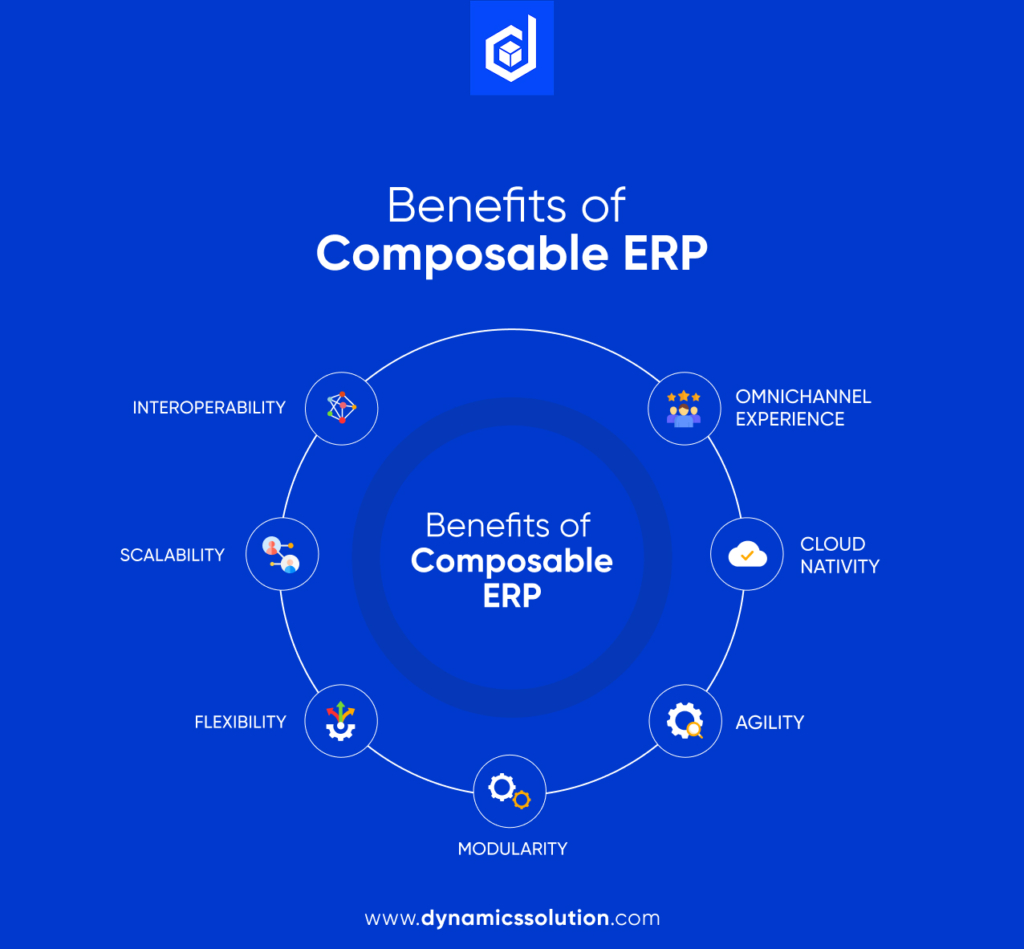
Now let’s discuss how Dynamics 365 can serve your growing business as a composable ERP system
Dynamics 365: The Platform for Composed Impact
Microsoft Dynamics 365 is uniquely positioned to enable this new chapter of composable ERP. It’s not offered as one giant application but as a suite of interconnected, yet distinct, business applications covering the spectrum of ERP and CRM functionalities:
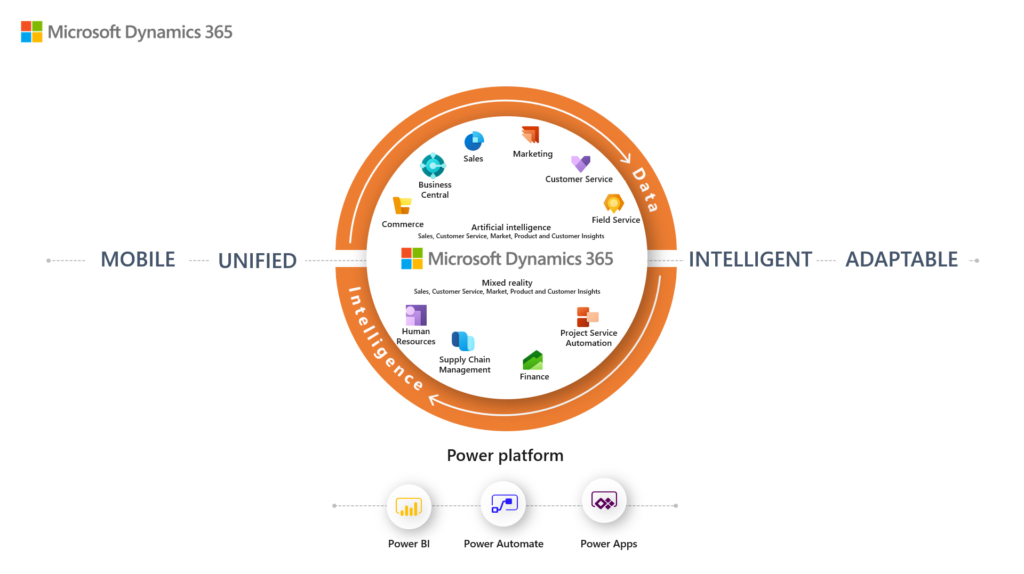
- Core ERP: Dynamics 365 Finance (for managing ledgers, payables, receivables and financial reporting), Supply Chain Management (for inventory, warehousing, manufacturing and transportation logistics), Commerce, Project Operations, Human Resources.
- CRM & Customer Engagement: Dynamics 365 Sales, Customer Service, Field Service, Marketing.
- SMB Solutions: Dynamics 365 Business Central (itself increasingly modular).
This inherent modularity is the foundation of its composable nature. Here’s how Dynamics 365 empowers businesses to build agility-driven tech stacks for maximum impact:
Applications as PBCs
Each Dynamics 365 application serves as a robust PBC. Businesses can start with the modules addressing their most critical needs and strategically add others as they evolve. This phased approach accelerates time-to-value and aligns technological investment directly with business priorities.
Microsoft Dataverse
This intelligent, secure and scalable data platform acts as the connective tissue. It provides a common data language and repository, enabling seamless data sharing and process consistency across different Dynamics 365 applications and custom solutions built on the Power Platform.
Dataverse ensures that even though the applications are modular, the data remains unified, providing a holistic view crucial for informed decision-making and impact analysis.
Power Platform Integration
The integration with Microsoft Power Platform (Power Apps, Power Automate, Power BI, Power Virtual Agents, Power Pages) is a revolutionary for composability and impact. It allows businesses to:
- Tailor Experiences
- Automate Across Boundaries
- Democratize Insights
- Extend Reach
API-First Architecture & Connectors
Dynamics 365 is built with integration in mind, offering comprehensive APIs and a vast ecosystem of connectors. This allows businesses to easily integrate Dynamics 365 modules with existing legacy systems or specialized third-party applications, ensuring they can always leverage the best tool for a specific job within their composed environment.
Unlock Agility and Maximize Impact with Dynamics 365
The composable strategy enabled by Dynamics 365 directly translates into enhanced business agility which is the engine driving maximum impact with:
- Targeted deployment that addresses specific business challenges quickly by deploying relevant modules or building targeted Power Platform solutions rather than embarking on massive, system-wide migration or implementation.
A classic example is a company experiencing rapid growth and struggling with its existing sales tools. It could quickly implement Dynamics 365 Sales to consolidate customer data, streamline its sales pipeline and improve forecasting within a few months, achieving immediate impact in a critical area without touching its existing accounting system initially.
- Rapid adaptation to quickly modify processes, add new capabilities or integrate new technologies by adjusting specific components of the composed ERP system, enabling faster responses to market dynamics.
- Strategic differentiation to build unique workflows and customer experiences by combining standard modules with custom Power Platform solutions, creating competitive advantages that monolithic systems often struggle to support.
- Optimized Resource Allocation to invest in the specific capabilities needed, maximizing ROI. Leverage the Power Platform to reduce reliance on expensive traditional development for customization and integration.
By composing their ERP system using Dynamics 365, businesses move beyond simply managing resources; they architect a digital core designed explicitly to drive strategic outcomes and deliver maximum operational and market impact.
Writing Your Business’ Next Chapter with Dynamics Solution and Technology
Composable ERP, built on the principle of assembling best-fit modular capabilities, represents a significant evolution, a new chapter in how businesses leverage core technology. Microsoft Dynamics 365, with its suite of modular applications unified, stands as a premier platform for businesses ready to embrace this future.
Choosing a modular ERP system strategy with Dynamics 365 ensures a strategic commitment to agility, adaptability and continuous improvement. It empowers organizations to break free from the constraints of the past and actively compose a technological foundation that propels them towards achieving maximum impact and sustained success.
Partner with Dynamics Solution and technology, a well-versed Tier 1 Microsoft Cloud Solution Provider and Gold Partner, known for delivering Microsoft Dynamics 365 solutions- and write a new chapter of your business’ success.

